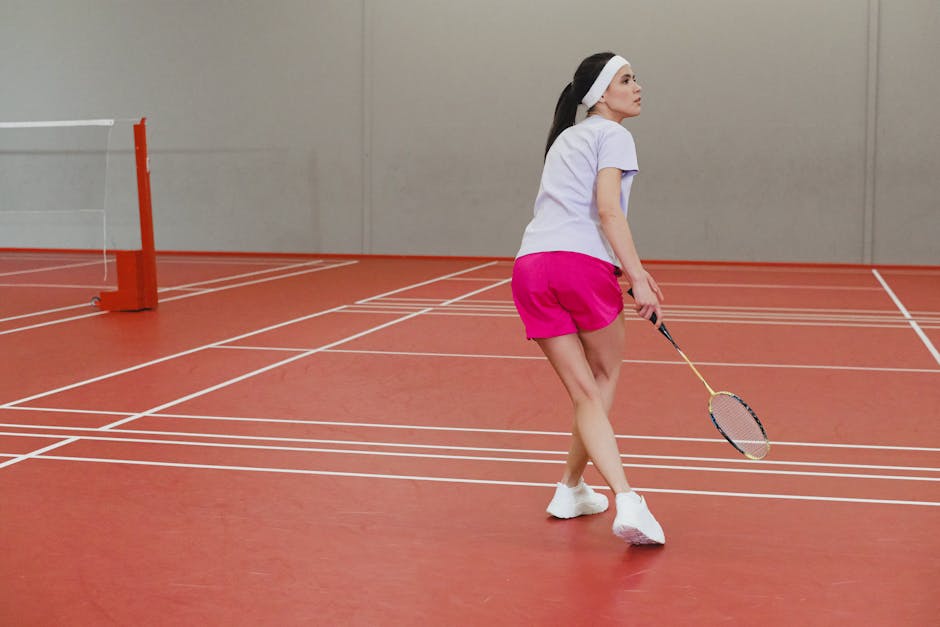In the fast-paced and exhilarating world of badminton, choosing the right racket is paramount to unlocking your full potential on the court. With a plethora of options available, understanding the key factors that differentiate badminton rackets is essential for making an informed decision. In this comprehensive guide, we delve into the intricacies of badminton rackets, empowering you to select the perfect weapon to elevate your gameplay.
**1. Head Shape: Isometric vs. Oval**
The head shape of a badminton racket significantly influences the way it plays. Isometric rackets feature a rectangular head with equal-length strings, providing a larger hitting area and a more consistent hitting experience. Oval rackets, on the other hand, have an oval head with a smaller sweet spot but offer greater maneuverability.
**2. Weight: Light, Even, or Head-Heavy**
The weight of a badminton racket affects its swing speed, handling, and power. Light rackets (around 70-85 grams) are ideal for beginners and players seeking speed and maneuverability. Even-balanced rackets (around 85-95 grams) provide a versatile balance between speed and power. Head-heavy rackets (over 95 grams) offer increased power but require greater swing speed to handle effectively.
**3. Balance Point: Head-Light vs. Head-Heavy**
The balance point of a racket determines where it feels heavier in the hand. Head-light rackets have a balance point below the midpoint, making them easier to swing and maneuver. Head-heavy rackets have a balance point above the midpoint, providing more power but requiring more effort to swing.
**4. Shaft Flexibility: Flexible, Medium, or Stiff**
The flexibility of a racket's shaft influences its power and control. Flexible shafts store more energy, providing greater power but less precision. Medium shafts offer a balance between power and control, while stiff shafts provide increased control but reduced power.
**5. Grip Size**
A proper grip size is crucial for comfort and control. The appropriate grip size is typically determined by measuring the distance between the tip of the index finger and the crease of the palm. Most rackets come in standard grip sizes ranging from G1 to G5, with G2 being the most common.
**6. String Tension: Low, Medium, or High**
String tension plays a significant role in the performance of a badminton racket. Low tension (18-22 lbs) provides more power and repulsion, while medium tension (22-26 lbs) offers a balance between power and control. High tension (26-32 lbs) enhances control and precision.
**7. Materials: Graphite, Aluminum, or Steel**
Badminton rackets are typically made from graphite, aluminum, or steel. Graphite rackets are lightweight, durable, and provide excellent shock absorption. Aluminum rackets are generally less expensive but less durable and powerful. Steel rackets are the most durable but also the heaviest.
**8. Brand and Reputation**
When choosing a badminton racket, consider the reputation and experience of the brand. Well-established brands such as Yonex, Babolat, and Victor have a proven track record of producing high-quality rackets that meet the needs of players at all levels.
By carefully considering these factors, you can select a badminton racket that aligns with your playing style, skill level, and preferences. Remember, the perfect racket is the one that empowers you to unleash your full potential on the court and elevate your badminton experience to new heights.
